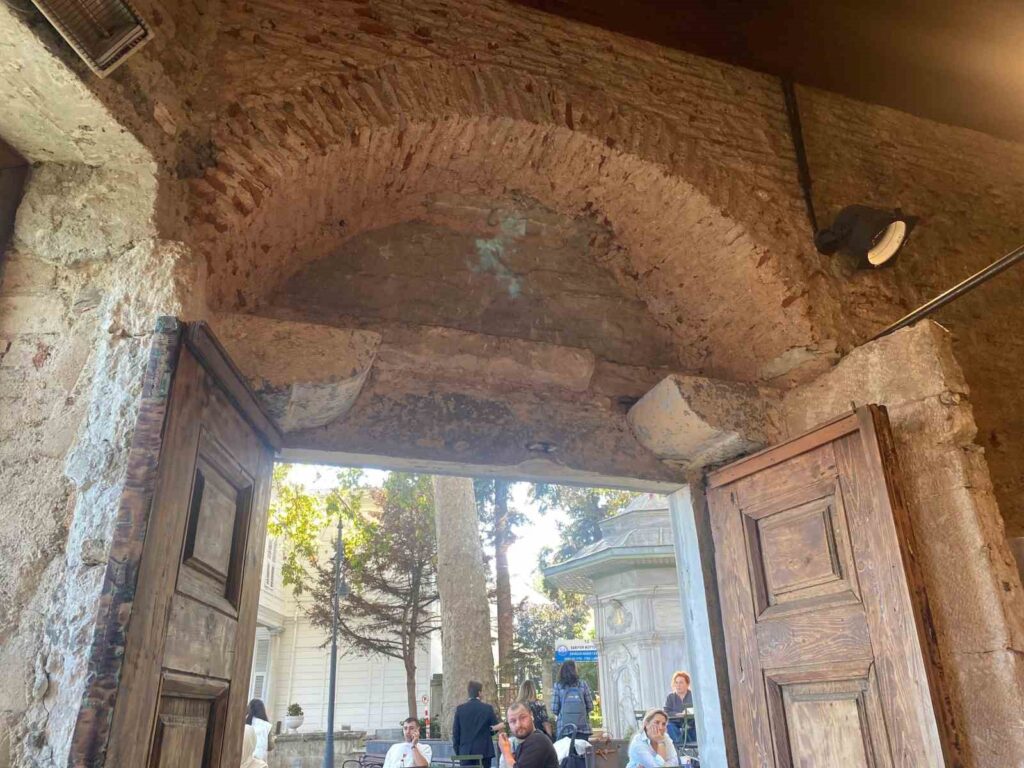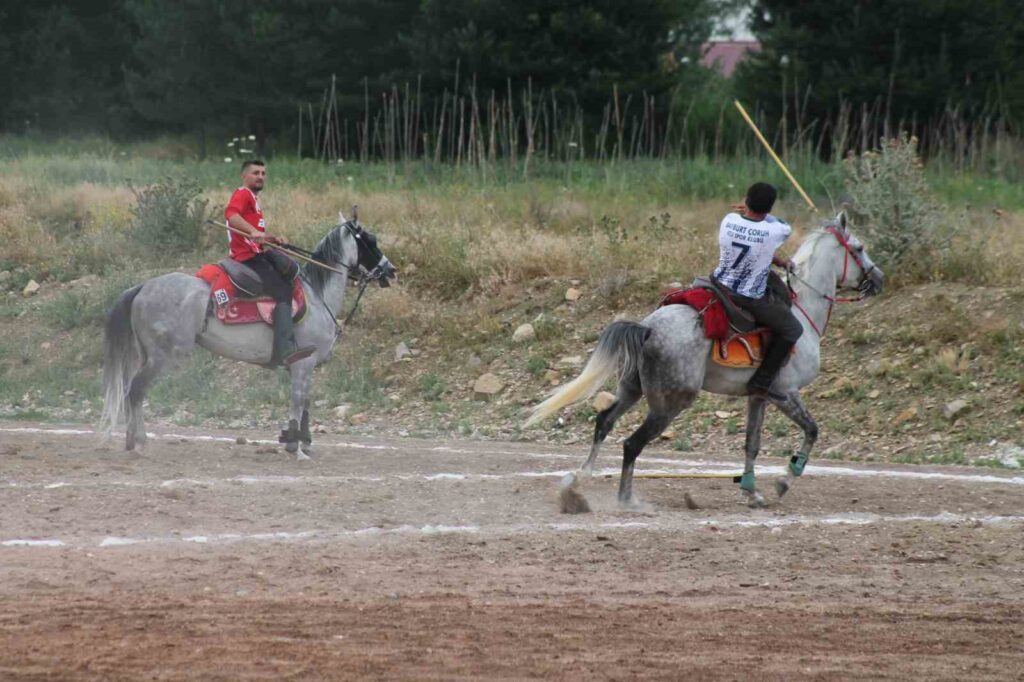The historical Emirgan Timekeeper’s House was rented to a chain coffee shop.
The Emirgan Muvakkithanesi, built in 1844 by the first serasker Ağa Hüseyin Pasha in Sarıyer, Istanbul, was leased to a chain coffee shop. Archaeologist Ömer Faruk Yavaşçay, speaking about the historical muvakkithane, said, “It is a place that people frequently visit…”

The Emirgan Muvakkithane, built in 1844 by the first serasker Ağa Hüseyin Pasha in Sarıyer, Istanbul, has been rented to a chain coffee shop. Archaeologist Ömer Faruk Yavaşçay, speaking about the historical muvakkithane, stated, “It is a place that people frequently visit. It is used as a coffee shop. People who visit here do not know what it was used for in the past; they just come to the coffee shop.”
During the era of the Ottoman Empire, muvakkithanes were built for determining prayer times and conducting some astronomical studies. One of the muvakkithanes that became widespread after the conquest of Istanbul was built opposite the Hamid-i Evvel Mosque, which was constructed by Sultan I. Abdülhamid in 1844 by the first serasker Ağa Hüseyin Pasha. The 180-year-old Emirgan Muvakkithane, whose historical and cultural significance has been overlooked, has been rented to the chain coffee shop Espressolab.
“Ağa Hüseyin Pasha is the first serasker”
Archaeologist Ömer Faruk Yavaşçay noted that none of the 29 muvakkithanes that have survived to this day in Istanbul are being used according to their original purpose and provided information about the Emirgan Muvakkithane, which is used as a coffee shop. Yavaşçay said, “We are currently in the Emirgan district. Emirgan comes from Emir Güne Han, who lived in the 17th century. This district has developed over time. The Ottoman sultans built important structures in this area. One of them is the Hamid-i Evvel Mosque, built by Sultan I. Abdülhamid. There is also a fountain next to the mosque. The muvakkithane behind us was built in 1844. The person who commissioned it is Ağa Hüseyin Pasha. He lived during the reign of Sultan II. Mahmud. He served as a vizier, and he is also the first serasker, which corresponds to a rank equivalent to the current Chief of General Staff and Minister of National Defense.”
“Visitors do not know what it was used for in the past; they just come to the coffee shop”
Yavaşçay explained that muvakkithanes were places where time was determined, stating, “Prayer times were also determined. Some astronomical studies were conducted as well. The first muvakkithane in Istanbul was opened in the courtyard of the Fatih Mosque in 1470. The first muvakkit was Ali Kuşçu. Unfortunately, the muvakkithane behind us is being used by a private enterprise. This is a wrong situation. These places need to be used for their original purposes. Muvakkithanes can be transformed into science and culture centers that children can benefit from. It was a science center in the past as well. The area is dense. It is a place that people frequently visit. It is used as a coffee shop. People who visit here do not know what it was used for in the past; they just come to the coffee shop. There are 29 muvakkithanes that have survived to this day in Istanbul. Unfortunately, none of them are being used for their intended purposes. There are empty muvakkithanes. They are generally used as kiosks or cafes.”







